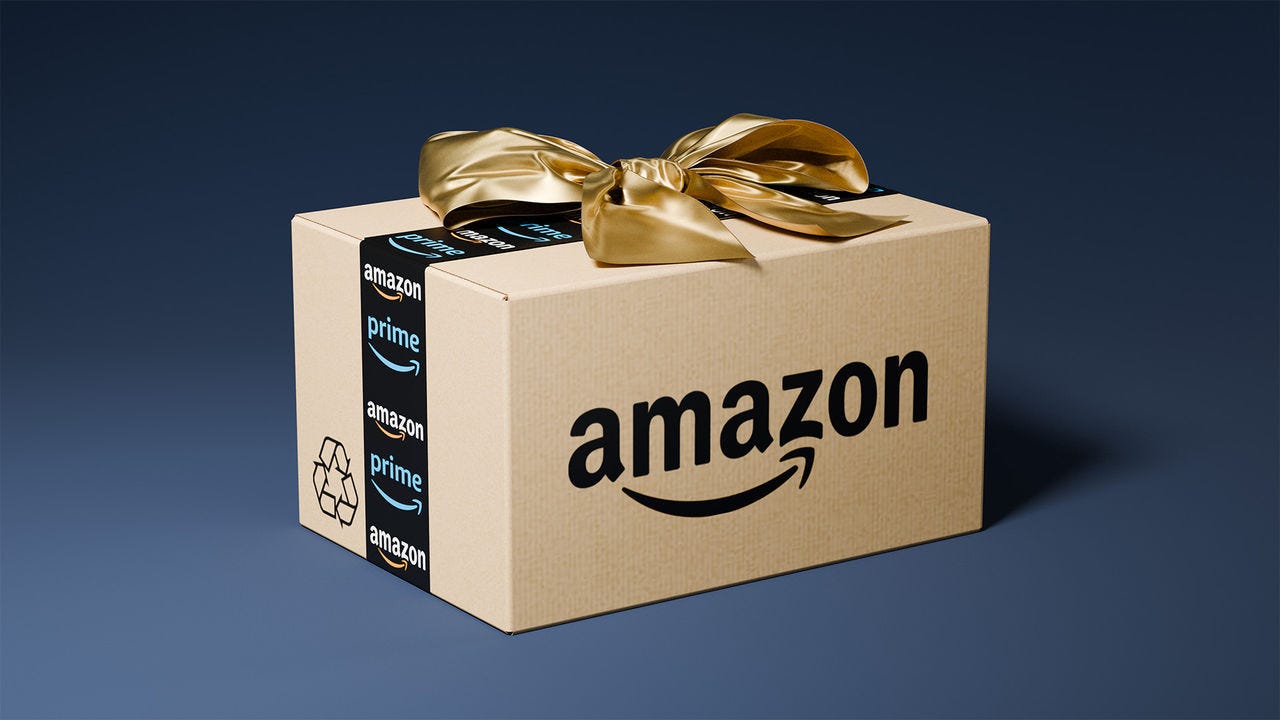Should you buy Amazon?
Amazon Investment Case!
Amazon has transformed from a niche online bookstore into a globe-spanning technology conglomerate with over $620B in sales and a market cap of $2.3T!
Many investors believe that Amazon is perpetually overvalued because it always trades for an above-average P/E ratio.
I, however, see one of the most compelling and least risky large-cap companies on the market. With a moat the size of Alaska and many highly profitable and growing segments!
In this inaugural article of my new Investment Case series, I will present the most important pieces that will drive Amazon’s growth story in the next decade.
A Global Equity Briefing Deep Dive is a long-form article that, in greater detail, not only explains the investment case but also provides an in-depth look into a company’s products, business risks, and financial analysis.
An Investment Case is a shorter article that only presents the key factors behind a company’s growth story and its valuation!
I plan to write Investment Case articles over Deep Dives for well-established and widely known companies where I feel that a comprehensive Deep Dive wouldn’t necessarily deliver the best value to my readers.
Amazon’s Investment Case is driven by 3P Merchant Services, Advertising, and Amazon Web Services!
Let’s take a look!
1. 3P Merchant Services
2. Advertising
3. Amazon Webs Services
4. Transforming Costs Into Revenue
5. Valuation
6. Conclusion
1. 3P Merchant Services
By now, it is well known that most items on amazon.com are not sold by the company itself, rather, they are sold by independent merchants. Everyone is allowed to sell on the platform as long as they follow Amazon’s rules.
In the last twelve months, as of Q3 2024, Amazon raked in $152.2B from providing various services to their merchants. In the last decade, this segment has grown over 12 times, a CAGR of 30%!
Amazon’s 3P Sales segment is well-positioned to continue growing and improve margins!
The key factors driving 3P Sales revenue and margin growth are:
Amazon Prime – Prime is Amazon’s subscription loyalty service, with over 220 million members globally. Subscribers get various perks, such as free shipping, access to Prime Video streaming service, and more. The main objective of Prime is to increase customer loyalty and drive repeat purchases. Amazon regularly offers new benefits to its members, ensuring a steady supply of spending customers. Amazon Prime is a sticky subscription whose loyal members are likely to continue spending more and more on the Amazon marketplace, enabling continued growth in 3P services revenue.
Growing E-commerce penetrations – as of Q3 of 2024,



